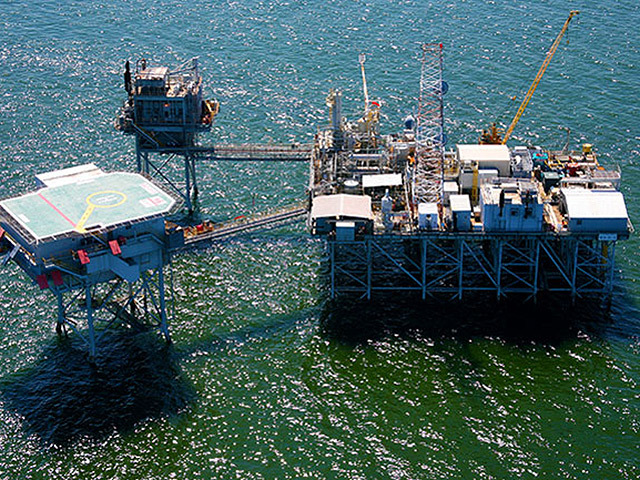
Crude fell a third day after the number of rigs drilling for oil in the U.S. rose for a second week.
Futures fell as much as 1.8 percent in New York after dropping 4.2 percent in the previous two sessions. Rigs targeting crude in the U.S. rose by 3 to 328 last week, capping the longest run of weekly gains since August, Baker Hughes Inc. said Friday.
Iran is seeking to boost output by 600,000 to 700,000 barrels a day over five years from fields in an area west of the Karoun River along the Iraqi border, Oil Minister Bijan Namdar Zanganeh said.
Oil has surged about 85 percent from a 12-year low in February as the global glut is trimmed by disruptions and a slide in U.S. output, which is under pressure from the Organization of Petroleum Exporting Countries’ policy of pumping without limits.
New York crude closed above $51 a barrel on Wednesday at the highest level in more than 10 months.
“The increase in rigs means U.S. production may increase in the latter half of 2016, and that creates a bearish mentality in the market,” said Takayuki Nogami, chief economist at Japan Oil, Gas and Metals National Corp., a state-run company that helps secure energy supplies. “With oil over $50 a barrel, there is a deep-rooted view that American shale producers may return.”
West Texas Intermediate for July delivery fell as much 86 cents to $48.21 a barrel on the New York Mercantile Exchange and was at $48.54 at 1:32 p.m. Hong Kong time. Total volume traded was 7 percent above the 100-day average. The contract slipped $1.49 to settle at $49.07 on Friday.
Brent for August settlement dropped as much as 74 cents to $49.80 on the London-based ICE Futures Europe exchange. Prices decreased $1.41 to close at $50.54 on Friday. The global benchmark crude was trading at a 88-cent premium to WTI for August.
While the number of active oil rigs in the U.S. rose for a second week the nation’s output is still well below last year’s peak, and explorers have idled more than 1,000 drilling machines since the start of last year.
The $50-to-$60 a barrel area is the “sweet spot” as more U.S. producers are expected to return at $60, according to Mark Watkins, Utah-based regional investment manager for The Private Client Group of U.S. Bank.
Iran, the second-biggest producer within OPEC before sanctions were intensified in 2012, will sign its first contract with a foreign company within three months, Seda Weekly magazine reported, citing an interview with Oil Minister Zanganeh. The Persian Gulf nation has lifted oil output to a four-year high of 3.8 million barrels a day since sanctions eased in January.
Money managers were cautious in the week ended June 7, betting more heavily on a price drop than on further gains, data from the Commodity Futures Trading Commission show. Iran plans to boost refining capacity to 3.2 million barrels a day by 2020 from 1.85 million barrels a day, Abbas Kazemi, managing director of National Iranian Oil Refining & Distribution Co., said in an interview.
Recommended for you
